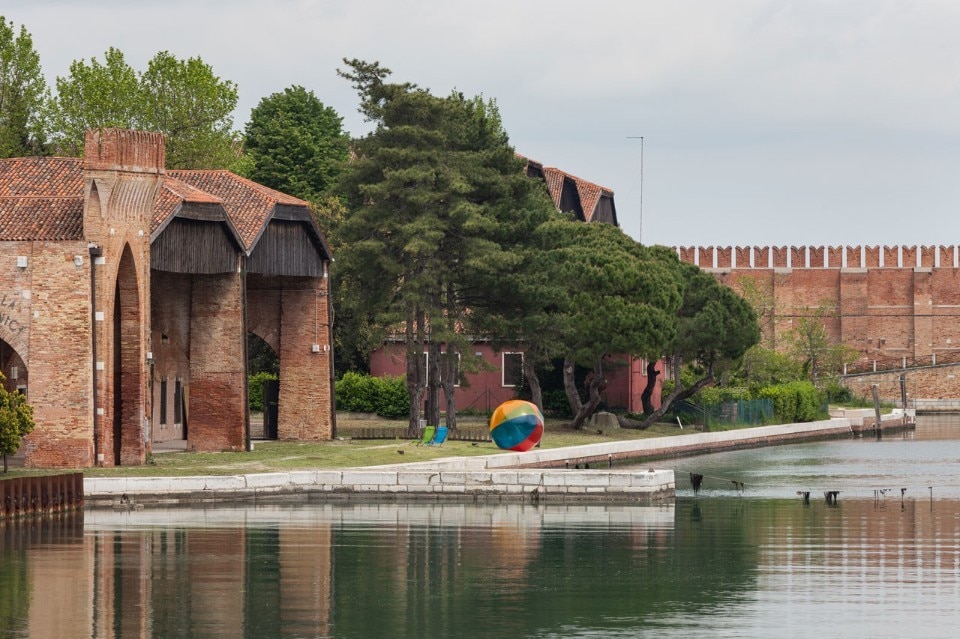Decolonization, decarbonization, the present and future of an increasingly unconfined practice: this is how curator Lesley Lokko has presented the 2023 Biennale today, in a conference with Biennale president Roberto Cicutto at the Venetian venue of Ca’ Giustinian.
Once again, and even more so, architecture is called upon to give answers – rather than shaping aesthetics – to imperatives, urgent demands from the planet and all the life forms that inhabit it, as Cicutto has stressed, and Lokko’s project fits in such emergencies, so much that the curator herself is the first to define the participants as practitioners rather than architects, in order to emphasize the priority of a “concrete and necessary action”.
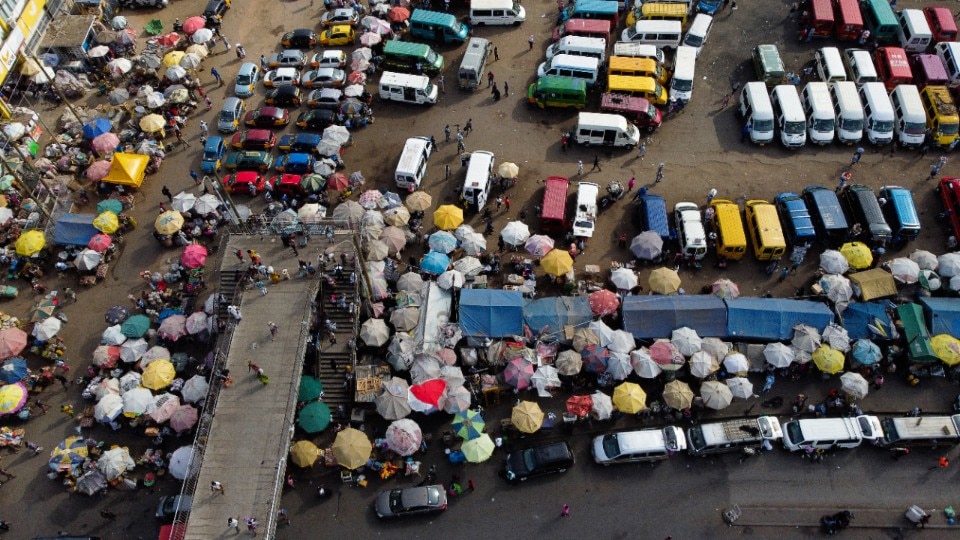
In the process of building the exhibition, as Lokko has stated, many questions overlapped, but two remained at the top of the list, namely what it means to be “an agent of change”, and whether exhibitions of this scale can be justified any longer.
In such reflection, the focus was on the trait distinguishing architecture exhibitions from the art exhibitions they borrow their structure from, namely, the immediate incisiveness required to the critical concepts they bring forward: how will this exhibition, the first to begin with a focus on Africa and its diaspora, influence and engage “what ‘others’ say”?
And what does “we” mean instead? In architecture, Lokko has said, the dominant voice so far has been a singular and exclusive voice, which has ignored large swaths of humanity; there is thus a history of architecture that still can be said to be not necessarily wrong but undoubtedly incomplete: here an exhibition becomes a key moment to re-tell history, thus building change.
The laboratory of the future will therefore see 89 participants, many from Africa or the African diaspora, in a balance of gender and age: almost half of them consider teaching a professional practice, and all of them confirm to us how imagination proves to be the most powerful contemporary design tool.
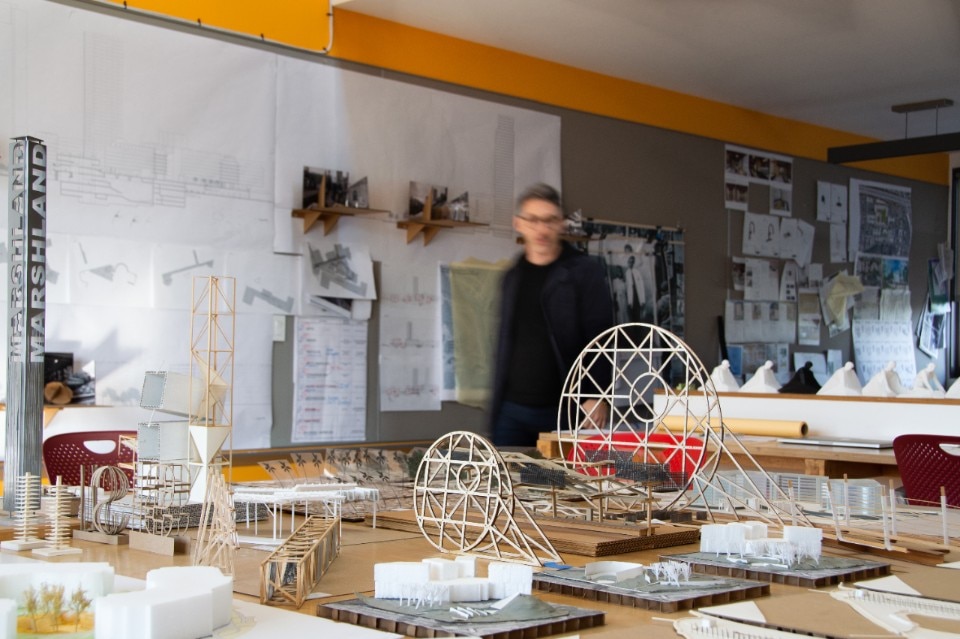
In the Central Pavilion, Force majeure will bring together the most important African and diasporic practitioners working today, From David Adjaye to Mariam Kamara’s masōmī atelier, from Fancis Kéré to Theaster Gates Studio, with an in memoriam dedicated to Ugandan architect Doreen Adengo who passed away last year.
The Dangerous liaisons will land in Arsenale instead, 37 professionals who move fluidly between different fields and collaborations, “inhabiting more than one identity”, people whose activities claim for that different definition of architect comic even closer to the idea of practitioner. The selection starts with individual practices and research practices, Suzanne Dhaliwal and the Decolonizing Art and Architecture Residency, Ursula Biemann and Orizzontale, up to large-scale practices that devote great attention to social and environmental emergencies such as Flores & Prats, Neri&hu, Office for Political Innovation, Rahul Mehrotra with Ranjit Hoskote.
The curator's Special Projects, then, open up a large out-of-competition space, organized around four themes: Food, agriculture and climate change; Geography and gender; Mnemonic; and the 22 young Guests from the future to let us imagine with them the future of the profession, like the man from the future from that one stanza of poetry where Anna Ahmatova recounted her 12 hours of her conversation with Isaiah Berlin in Leningrad.
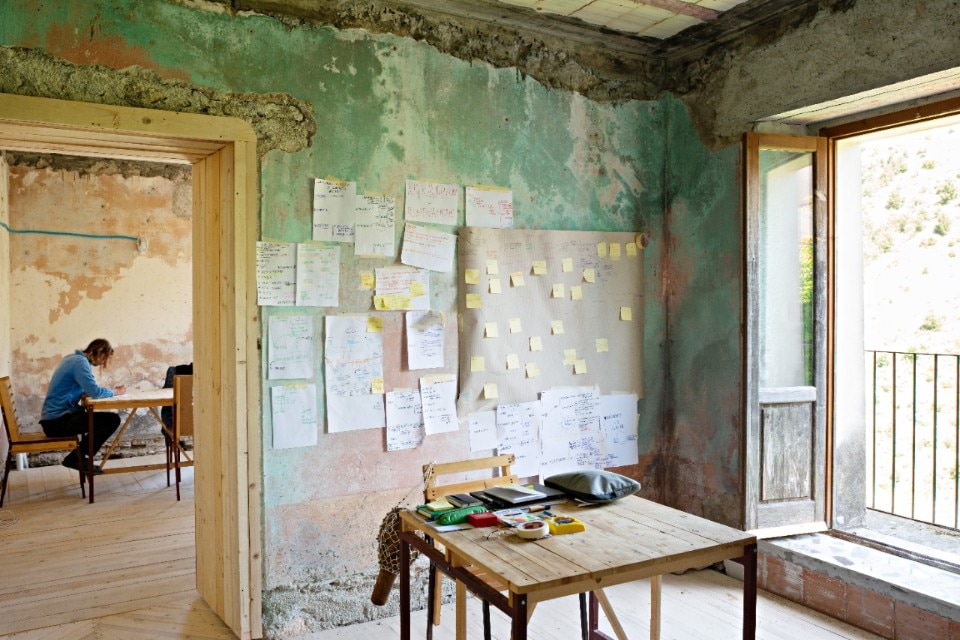
Three special participations will be enriching the program (filmmaker Amos Gitai, Rhael ‘LionHeart’ Cape, the first poet laureate in architecture, and photographer James Morris), together with two more different chapters: the College, which has gathered on an open call 50 young students who will engage with tutors and critics on the themes of decolonization and decarbonization; and Carnival, the public program born out of an intuition on a connection between Venice and the African diaspora – the carnival, where for one day slaves overthrow slavery and get free – and which will then replace the official events at the end of the exhibition with a sequence of meetings between May and November, where ideas can be discussed and hopefully remembered, between politics, research practice, activism and the public.
All this is echoed in the visual identity of the exhibition, which has found in the negative spaces of the written text the possibility of a free word about the African continent, as well as the color palette inspired by West Africa – the home to Lokko herself – and not by a Euro-Western imagery of Africa.
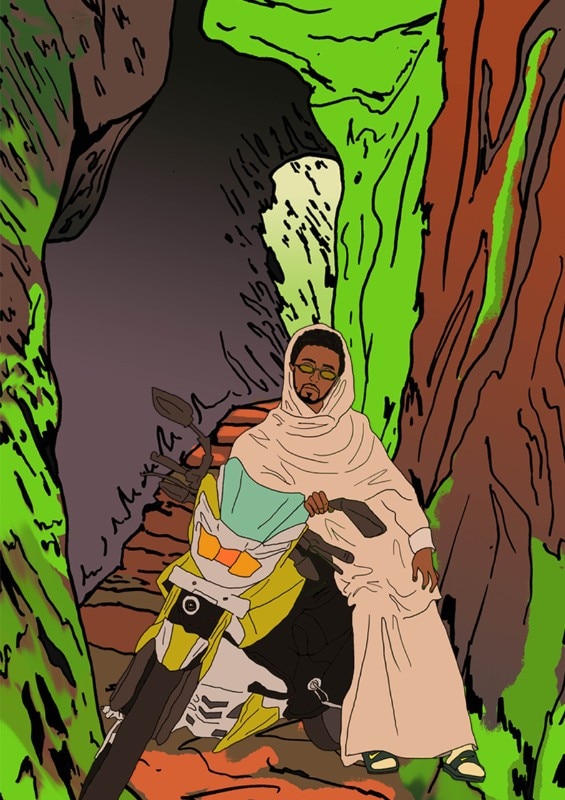
Decolonization will also be addressed by the Applied Arts Pavilion, developed for the seventh year together with the Victoria and Albert Museum in London, which will investigate the multiple translations of Modern in Africa, from the colonial implications of Maxwell Fry and Jane Drew’s applied experiments at the Architectural Association in the 1950s to the architectures that Nkrumah in liberated Ghana chose as elements of a pan-African language, a symbol to a new independence.
- Opening image:
- Lithuanian Pavilion, Venice Art Biennale 2019. Photo by Andrej Vasilenko


